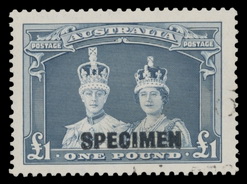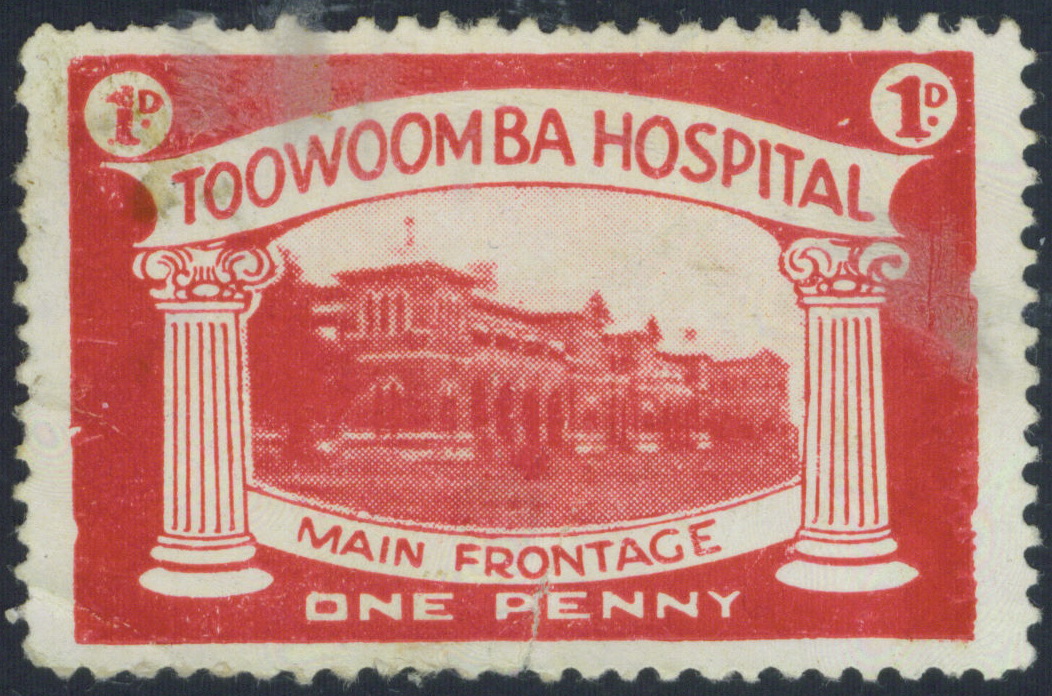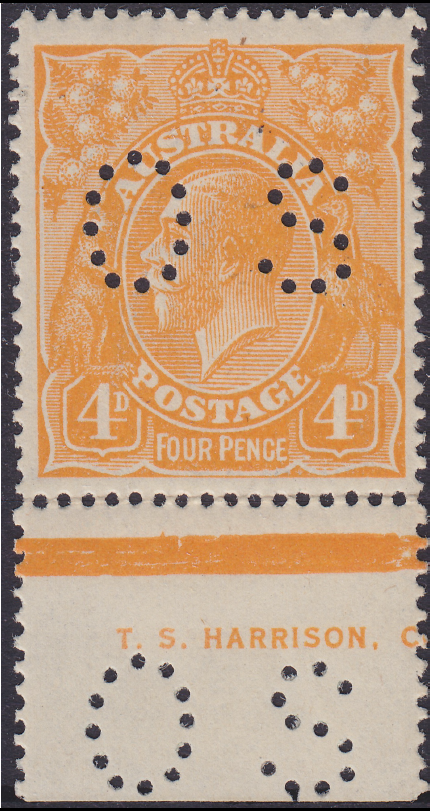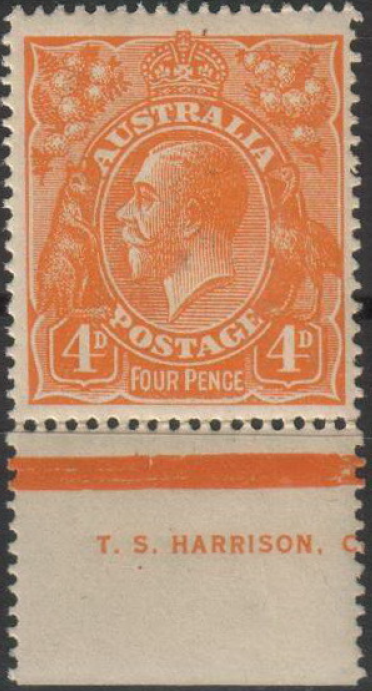Detecting Forged OS Punctures on Australian Commonwealth Issues
The importance of fingerprinting a stampStamps are like humans - they have a fingerprint. And a stamp's fingerprint is about as close to unique as it's possible to get. Think about the action of tearing a stamp from the sheet, along the line of perforations. A KGV stamp has 20 perforation spurs on each side, and 17 spurs at top and bottom. That's 74 separate spurs. When a stamp is torn from the sheet, the paper fibres on the tip of each spur break in a non-uniform pattern, so that no two stamps have an identical set of perforation spurs. An example is the best way to see this concept in action. The stamp on the right has a particular pattern to the spurs on the NE corner. From the top, we have:
Does anyone seriously believe they could tear another stamp from the sheet and replicate these five spurs? And that's without thinking about the remaining 69. We can safely say it can't be done deliberately. Why fingerprint a stamp? |
|
|||
|
To forge an OS puncture, one first needs an unpunctured stamp. One also needs a stamp where the value of an OS puncture is considerably more than the value of an unpunctured stamp, otherwise the exercise is not worth the effort. For instance, who would forge an OS puncture on a 1d red KGV, when a real one could be found in most club books priced at 5c? (The answer, not surprisingly, is quite a few forgers - it makes sense to practice on a rubbish stamp before attacking a more valuable one.) So once the likely candidates have been identified, it is not difficult these days to find good images on the internet of stamps for sale. Ebay is a very fertile ground for this. If one regularly trawls through Ebay and saves all the images of unpunctured stamps for sale which fit the criteria described previously, it is possible to put together quite a good reference collection of stamps which could possibly have an OS puncture applied in the future. Once a good set of images has been built up, it is then possible to compare the fingerprint of a possible OS purchase with your file of images. You will probably be surprised at the number of times you find a match, where the fingerprint of the unpunctured stamp is a perfect match for the fingerprint of the stamp now showing an OS puncture - ie the puncture has been recently added; it is forged. |
||||
A Case StudyThe 4d KGV stamp shown above was not a random selection - it was specifically selected to provide this case study. The OS punctures (both of them) are forged, and this can be proven by fingerprinting. The stamp first came to the notice of the Perfin Club of NZ and Australia (PCNZA) on 7 Apr 2014, when it was offered for sale by an Australian dealer (whom we shall call Dealer A.) PCNZA had doubts about the puncture (more on that later), and started investigating. The first stop was a database of stamps with potential for forgery, and success was immediate: The item on the right was located in the database. A lot more sleuthing unearthed the following trail: .
It is quite clear that the OS puncture was applied between 4 Aug 2008 and 10 Aug 2008. Only one person had a reason to apply the puncture during this period - Ebay seller fj..antiques02. The puncture changed a stamp bought for $66 into one sold for $180. If you google this seller, you will find some VERY interesting information regarding his forgery activities. |
|
|||








